Maybe you're about to take a shower, or you have to wash dirty dishes in the sink, and you're wondering how long you should wait for hot water. Let's face it; nobody wants to wait without knowing when it will come. So, to manage everyone's expectations, we asked the experts how much time is needed before hot water is delivered to the faucet, and here's their reply.
There's no telling exactly how long it would take for hot water to reach your faucet. It would depend on the distance of your faucet from the water heater tank. The longer the distance, the longer you have to wait until hot water is delivered to you. Other factors that affect your waiting time are:
- the condition of your water heater,
- sediment buildup,
- size and thickness of your water pipes,
- use of volume restrictors,
- outside temperature,
- and presence of water in the pipes before your demand.
Keep on reading so we can explain further how each of these factors affects your waiting time for hot water delivery. We'll also give you tips and recommendations on how to shorten your waiting time. Let's get this started!
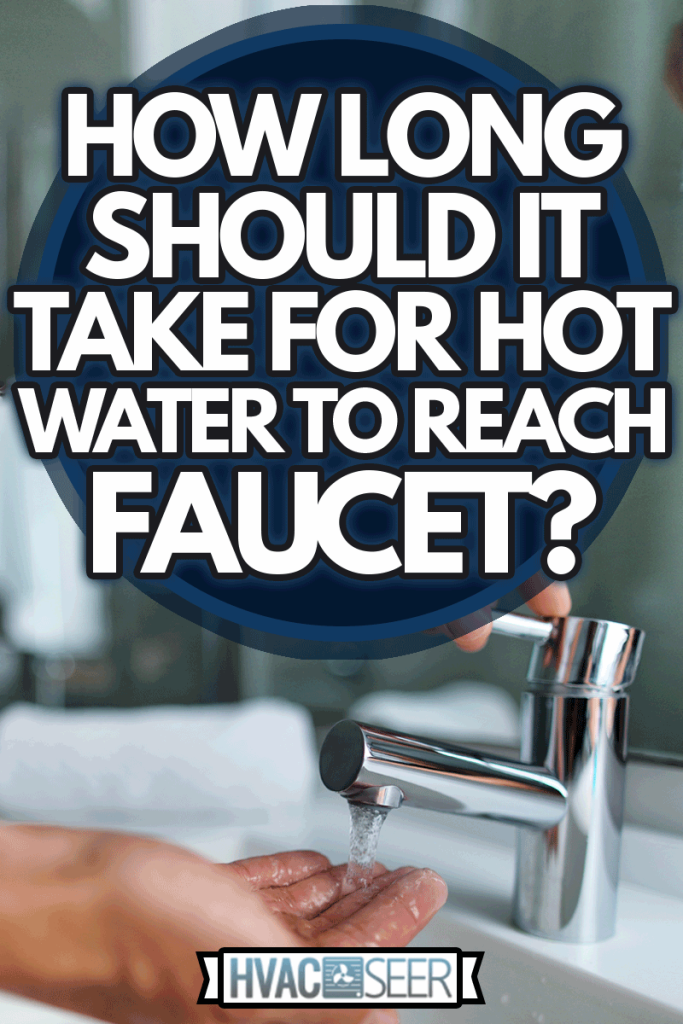
How long should you wait for hot water?
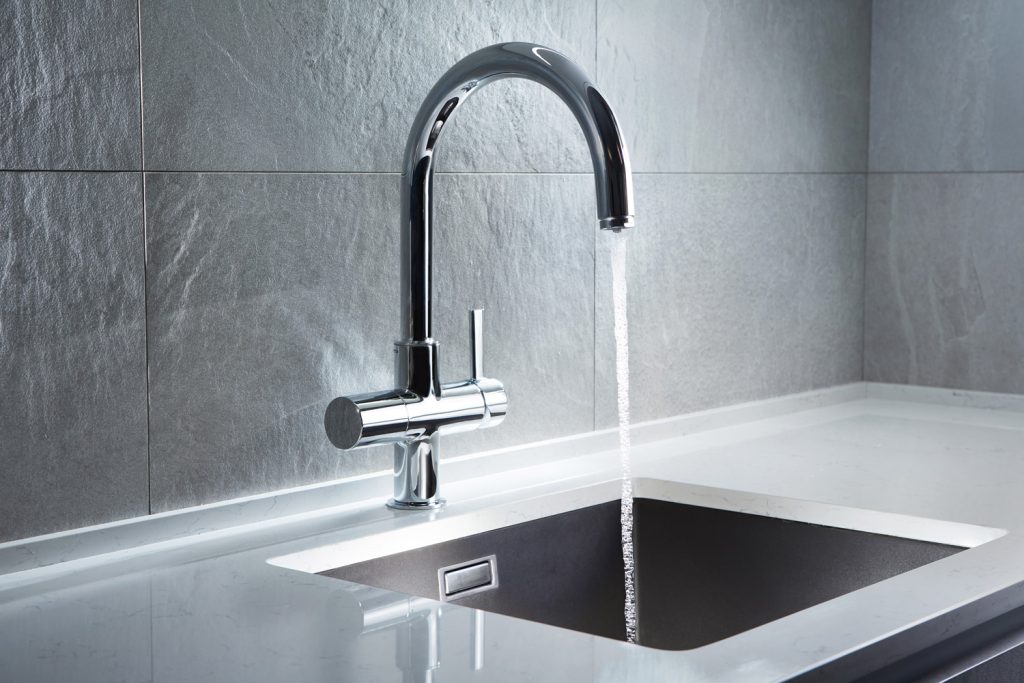
It is very inconvenient to need hot water at a particular moment and not have it. For example, you have to take a shower on a winter morning. You turn on the shower, and the water is ice cold! Or you have to handwash the dirty kitchenware and have other things you still need to do, but there's no hot water coming out of the faucet.
You get the picture. In this age and time, we don't have much tolerance for waiting. At the very least, we want to know how long it'll take before we can expect hot water to be delivered to us.
But the thing is, there is really no way to tell you exactly how long you have to wait. It might be 5 or 10 minutes. The truth is, the waiting time varies from one household to another, and even then, it would still be different from one point of plumbing fixture to another.
To help you make more sense of what we're saying, here are the factors that would determine how fast hot water will reach your faucet, showerhead, bathtub, or dishwasher.
Distance of the Faucet from the Water Heater Tank
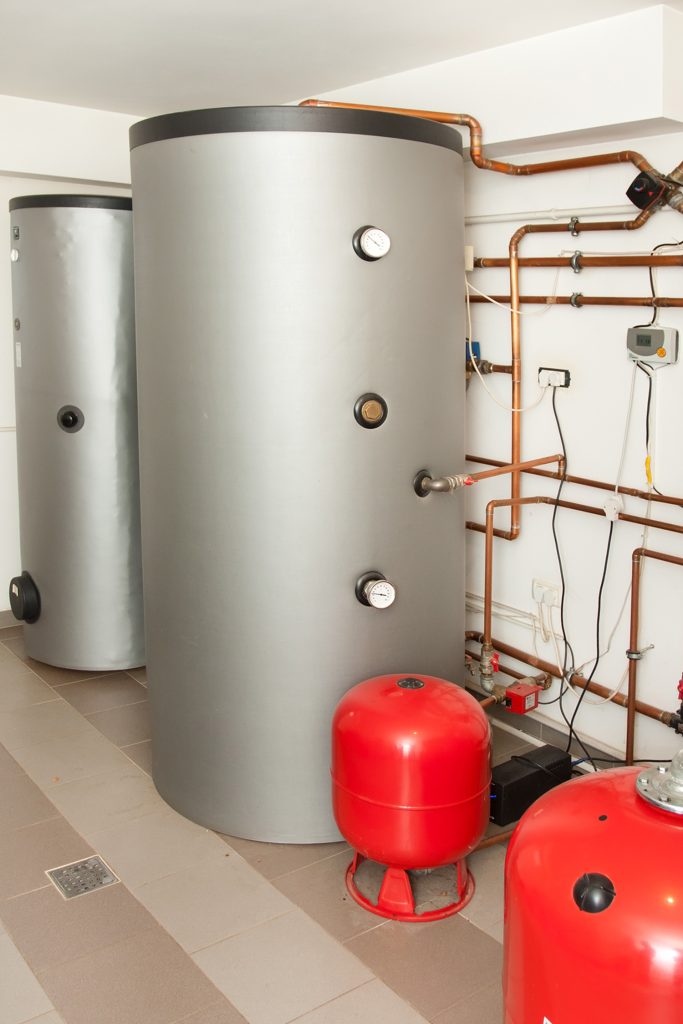
The water heater tank can be located anywhere in the house. It can be in the basement or the attic. If the faucet that you're using is on the second floor, but the water tank happens to be in the basement, it would take longer before the hot water reaches you.
If you also have winding pipework, it would also take a lot of time before hot water is delivered than if it only needs to travel in a straight pipe.
Water in the Pipes
There's always some water left in the pipes from the previous use. That's the water that you get first when you turn on your faucet. The water is either at room temperature or has gone cold because of ambient temperature. It needs to be flushed out before the hot water can pass through.
Volume or Flow Restrictors
Some faucets and showerheads have these restrictors to control the flow rate of water. These will help conserve water and save on water bills. But when you have a volume or flow restrictor installed, understand that water is delivered at a slower rate so you'll have to wait longer for your hot water.
Damaged Water Heater
When certain parts of your water heater are not functioning, it may not produce hot water as expected. A malfunctioning water heater might not be able to heat the water or would need more time to bring it to your desired temperature.
Mineral Buildup
This happens when you have hard water. It contains calcium and magnesium, and they leave deposits or residue at the bottom of the water tank. These deposits can accumulate over time, resulting in reduced capacity and efficiency of your tank. The more sediment buildup, the more time your heater needs to provide your demand for hot water.
Outside Temperature
With the freezing temperatures of winter, your water heater would need to work harder to supply your demand for hot water. While the hot water travels from the tank to your faucet, it can also get cold, especially when the pipes aren't well-insulated.
Size and Thickness of Pipes
When the pipes are wider, more hot water is needed to be able to have enough force to push them down the pipes. This means that you have to wait longer. Meanwhile, thicker pipes pull out more heat from the water, so the water might not be hot enough by the time it reaches you.
These factors all influence how fast or slow hot water travels from the water heater tank to the faucet that you're using. This would explain why we cannot give you an exact time regarding how long you have to wait since we all face different circumstances that affect hot water delivery rate.
How to Get Hot Water Faster
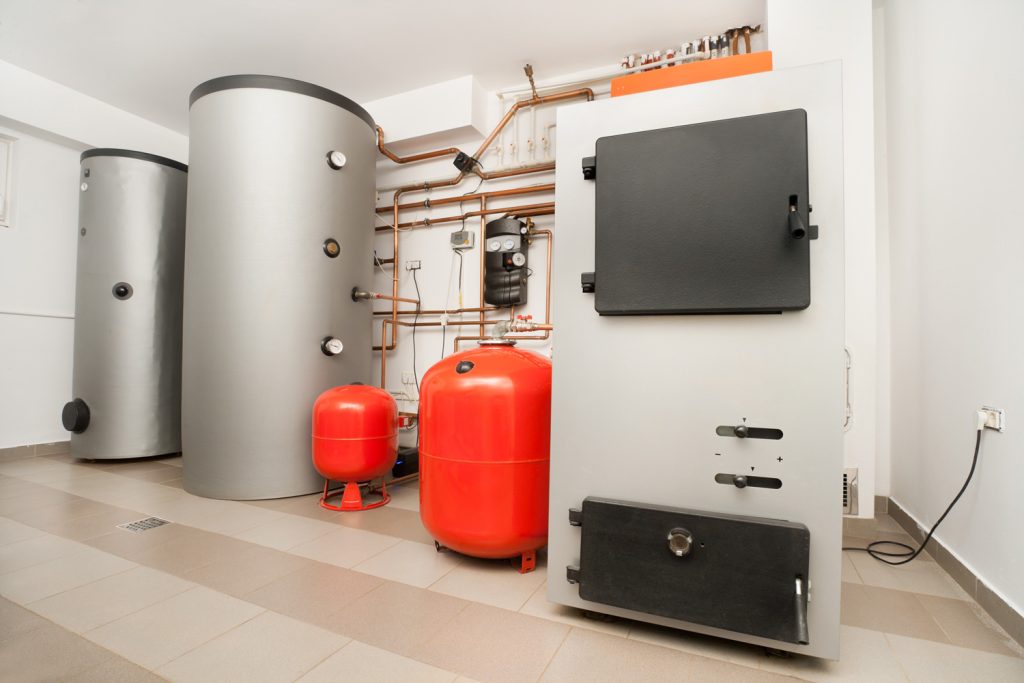
The good news is that there are options available for you to get hot water faster. These would be worthwhile to consider, especially if you use hot water regularly, as they would help you save time, water, and money.
Here are some of the things that you can do.
Insulate Your Pipes
We've mentioned earlier that outside temperature can affect the temperature of the water flowing through your pipes. Water may be hot upon release at the water heater tank, but it loses its heat along the way. This can be prevented when you insulate your pipes so that they can help retain the heat despite the weather outside.
Check out this pipe insulation tubing on Amazon.
Hot Water Recirculation Pump
This system has a dedicated plumbing line for hot water so that it can reuse water that has been sitting in your pipes by redirecting it back to the water heater tank. There's a thermostat that monitors the temperature, and once the water cools, the heater will be activated again so that hot water is always readily available.
Aside from reducing your waiting time, this system will also help you save on your water consumption and costs.
Fixtures with Higher Flow Rate
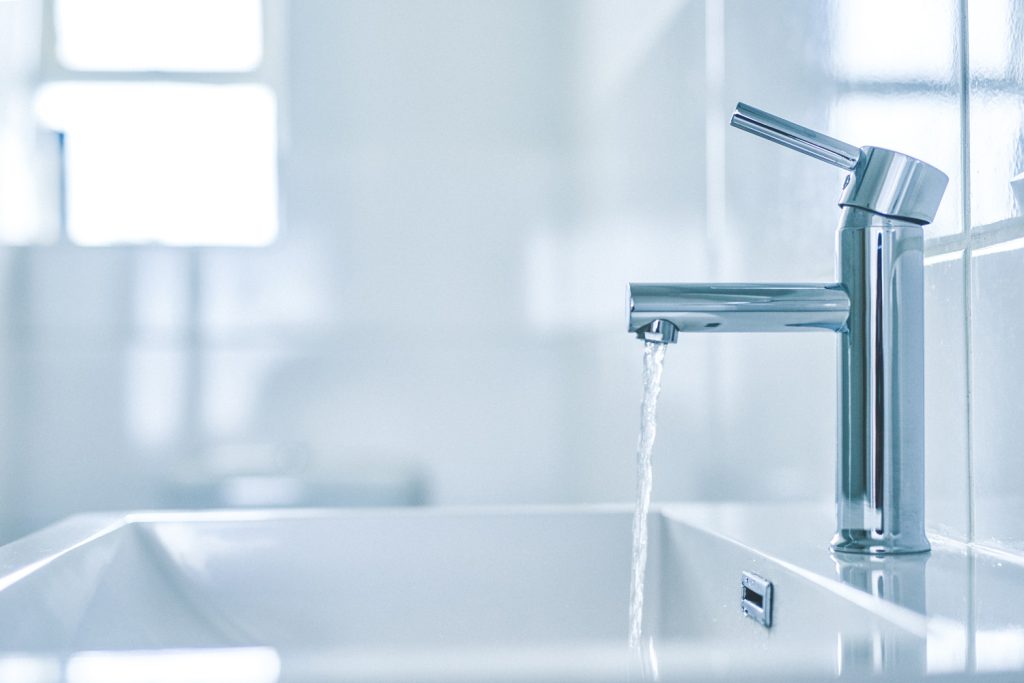
As mentioned earlier, installing a flow or volume restrictor will limit the water flow. So, if you have fixtures with a higher flow rate, you can expect a better and faster flow of water and a shorter delivery time for your hot water. Look for fixtures that have a performance of close to 2.5 gallons per minute or GPM which is the maximum flow rate allowed for everyone's safety.
Find this high-pressure showerhead on Amazon.
However, expect higher water consumption when you decide to take this route.
Point-of-Use Tank Water Heaters
These heaters are smaller in size and capacity and can be placed near the fixtures that need a supply of hot water regularly. These eliminate the distance problem and can help you save water, time, and money.
Identify the faucets and showerheads that are located far from the water tank heater. Now install these smaller heaters beside or near those points. You would just need to press a button to activate their pump then you won't have to wait for a long time to have hot water delivered to you.
Tankless Hot Water Heater
These are also called on-demand heaters. They don't store water in a tank, but they heat water as it flows through the system. Again, they can be placed in different portions of your house and ideally near the fixtures that need a supply of hot water regularly.
This will also solve the distance issue so you can get hot water faster. You also won't have to waste standing water that has gone cold.
Click this link to find this tankless water heater on Amazon.
Regular Maintenance
A water heater that isn't functioning well will either stop producing hot water or take longer to heat the water according to your desired temperature. That's why it's very important to have your water heater checked regularly by a professional to make sure that everything is working properly.
You can try these tips so that you can have hot water delivered to your faucet in no time.
Final Thoughts

While we cannot tell you exactly how long you need to wait for your hot water delivery, at least you have a better understanding by now of why it's taking so long and what you can do to make it faster so that you can save not just time but water and costs as well.
You may also visit the following posts for some related reading:
What Happens When A Water Heater Goes Bad?
Where To Install A Tankless Water Heater



